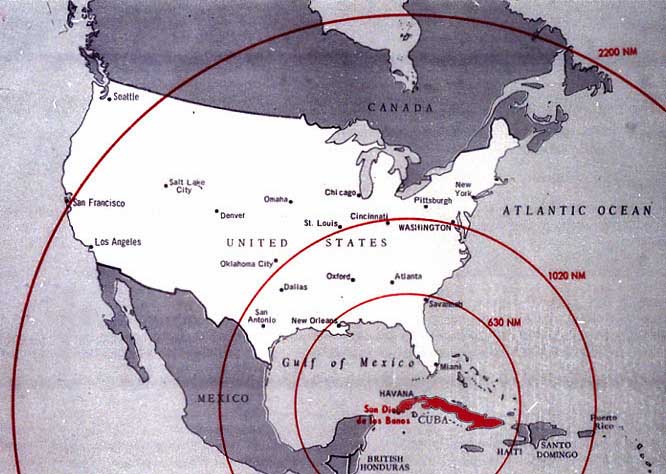Modern nuclear power plants are designed to fail less than once every million operating years. Given the catastrophic consequences of a failure, the uncertainty in the estimates, and the number of nuclear power plants in the world, a million years is a prudent time horizon, but not excessively so.
Amazingly, I have been unable to find any comparable estimates of the time horizon for an even more dire event, a failure of nuclear deterrence resulting in a nuclear war. The risk analysis component of our effort therefore asks the international scientific community "to undertake in-depth risk analyses of nuclear deterrence and, if the results so indicate, to raise an alarm alerting society to the unacceptable risk it faces as well as initiating a second phase effort to identify potential solutions."
The above quote is from a statement signed by seven prominent individuals, including two Nobel Laureates. That link will take you to the complete text of the statement and the list of Charter Signers. The statement summarizes the key ideas of a paper (PDF 1.8 MB) that appeared in March 2008 in the magazine of the national engineering honor society. While the paper has a few areas that use higher mathematics, it is possible to skip the math and still understand its main points:
* A failure of nuclear deterrence would be much more catastrophic than that of a nuclear power plant.
* Nuclear power plants are designed to operate for a million years before a failure is expected.
* Most people are strongly opposed to a nuclear power plant near their homes.
* Most people do not question nuclear deterrence.
* Therefore, either people expect nuclear deterrence to work for more than a million years, or they are overlooking a grave danger.
* A complete solution to the nuclear threat cannot be seen from our current vantage point, but an excellent first step would be for the international scientific community to:
undertake studies of the risk;
if the risk is found to be unacceptably high, to sound an alarm to raise public awareness; and to then
seek ways to reduce the risk to an acceptable level.
As explained in the paper, there is preliminary evidence that deterrence can be expected to work for about 100 years, which is far too high a risk. Aside from concern for future generations, that time horizon implies roughly a 1% chance of failure in any given year and a 10% chance of failure in any decade. With a 100 year time horizon, every 15 years is like pulling the trigger in a game of Russian roulette in which the whole world is at stake. Every 30 years is like pulling the trigger twice in that suicidal game. A sane person would never play Russian roulette even once. Neither would a sane world.
Even if the proposed studies were to conclude that the time horizon for a failure of deterrence is closer to 1,000 years, that risk would still be intolerable. Given the million year time horizon that is demanded for a failure of a nuclear power plant, that risk level would be equivalent to building 1,000 nuclear power plants surrounding your home. Only if the time horizon for a failure of deterrence were greater than a million years might society's inaction be understandable.
The studies have several important benefits as a proposed first step in the process:
* They will bring into clear focus whether society's lack of concern is warranted, or whether defusing the nuclear threat must be given a significantly higher priority than at present.
* Unlike arms control agreements and many other proposed first steps, it is almost impossible for supporters of the status quo to argue that the studies are too risky.
* Assuming that the studies estimate the time horizon for a failure of deterrence to be well below a million years, that says we cannot stop with the first partial success. Such a finding would be extremely important because the history of the last twenty years shows that partial successes are too easily mistaken for a complete solution. It is necessary to clarify the long-term nature of the goal to prevent early, partial successes from merely foisting the danger onto the next generation.
While the studies are needed, they will have little impact unless enough of us demand that adequate attention be paid to the nuclear threat. Your participation via this website is therefore a critical component of this effort. If you haven't already done so, please join our effort by entering your email address in the box in the left margin. We also hope you'll use the "Tell a Friend" link in the same location to alert friends to this effort.



